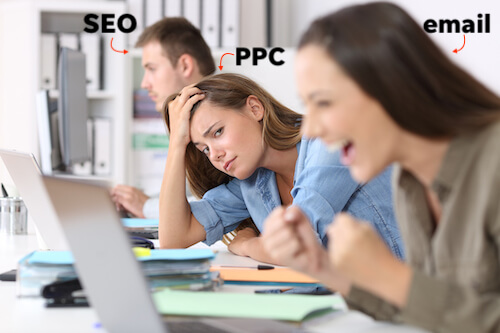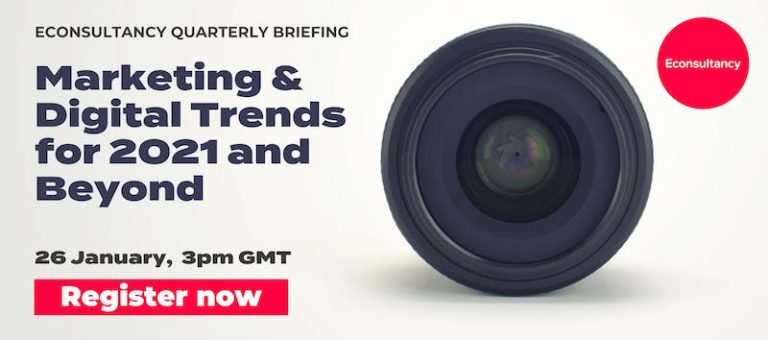Home working and now home schooling is the challenge! I am now helping to solve problems on Roblox and Fortnite (I have three games playing children in the house) as well as how to drive more ecommerce sales…
Please describe your job: What do you do?
The pandemic has moved our clients priorities more online as well as increased analytical considerations on how to be more effective with their money. We have responded by increasing the pace of our own tech stack development which is reducing client’s digital wastage and improving ROI.
Algorithms are being constantly changed to give their customers a better experience and its our job to advise clients of those changes and strategies to enable that they get a higher share of the digital shelf.
These actions are shared with clients at regular intervals and then more formally run through at the end of each week.
Talk us through a typical day…
We have all read about 10 years worth of digital disruption happening in three months and we have been first hand witnesses to it. There are now over a million new online grocery shoppers in the UK.
Tony Thomas is the Head of Digital Shelf Optimisation at brand performance agency Threepipe. We recently spoke with Tony to find out more about his role, gain insight on the rapidly evolving online grocery market, and discuss how client strategy has changed at Threepipe in the past year.
Our clients’ customers used to shop for an hour when they went to a supermarket for their purchases, now its dropped to an average of 14 minutes to do their weekly shop online. This means that if our clients products are not in their favourites or do not appear in the first four search positions for a product search, they have no chance of being bought.
Amara’s Law is something to consider which states that we tend to overestimate the effect of a technology in the short run and underestimate the effect in the long run.
How do you maintain an effective work/life balance?
When transactions moved from offline to online, many companies felt that this would become the norm for smaller value, disposable items but for big ticket items like furniture, mattresses where consumers like to see, touch and feel the product? Never, they said, and this has been proved wrong by the rise of Made, Eve, and a multitude of DTC brands. Unfortunately, most of those big brick-and-mortar stores like Debenhams and Topshop have paid the price.
As the Head of Digital Shelf Optimisation, my role is focussed on making sure that our clients are visible in the online grocery marketplaces.
For more on this topic, explore Econsultancy’s FMCG hub
How has strategy changed at your company?
I’ve tried to do lunchtime walks, but that seems to be the one free time that clients can talk so all of a sudden, my lunchtimes seem to have moved to midday or 2 pm with no chance of a walk, but I try to get a walk in after 6pm.
How has customer behaviour (or your clients’ customer behaviour) changed during the pandemic?
Read voraciously and network furiously. The amount of information out there is staggering and distilled wisdom of experts such as Prof Byron Sharp, Mark Ritson, Bob Hoffman and Dave Trott to name a few are available in bite size chunks and for free!
The first thing I do is check that our tech is working correctly across the supermarket sites. We constantly monitor our client products and competitor activity across 14 retailers in six countries and deliver actionable insights that drives up ROAS for our clients.
What do you predict for the future?
I try not to look at work emails between 7pm and 7am but we have US clients and one in South Korea, so its not always possible.
We make sure that this happens through a combination of analytics, online optimisations, and intelligent use of paid media to drive targeted traffic and higher sales.
What advice would you give a marketer right now?

We also regularly liaise with the supermarket’s ecommerce teams as well, which helps to ensure that we stay up to speed with all system and process updates that impact our clients.






